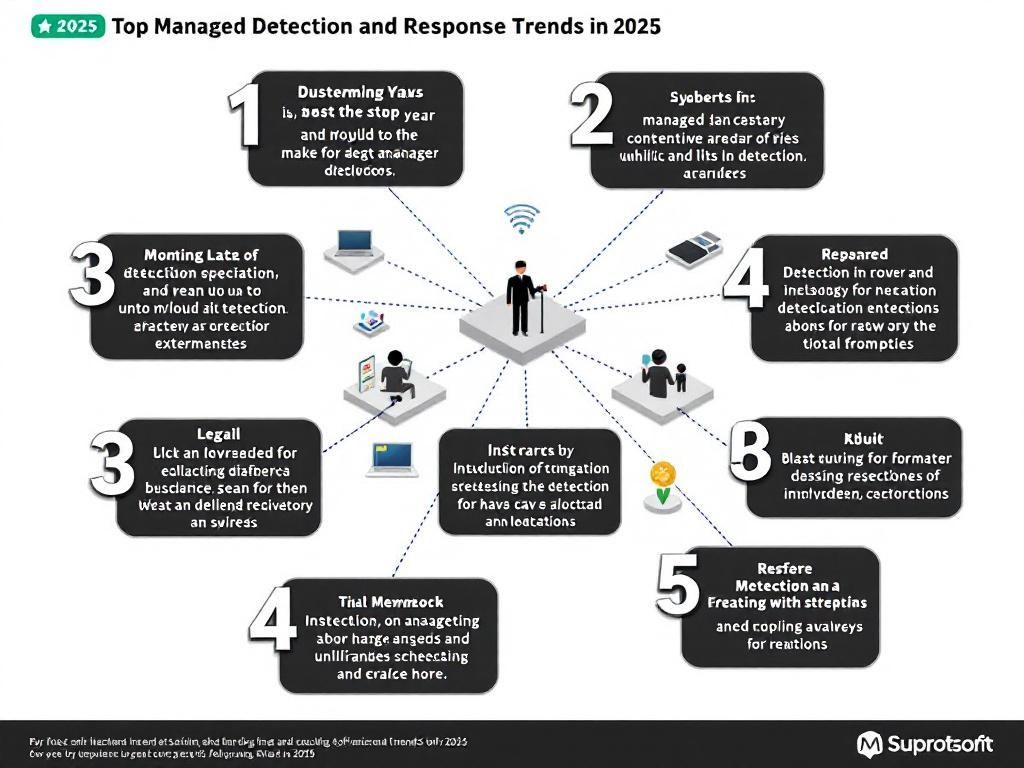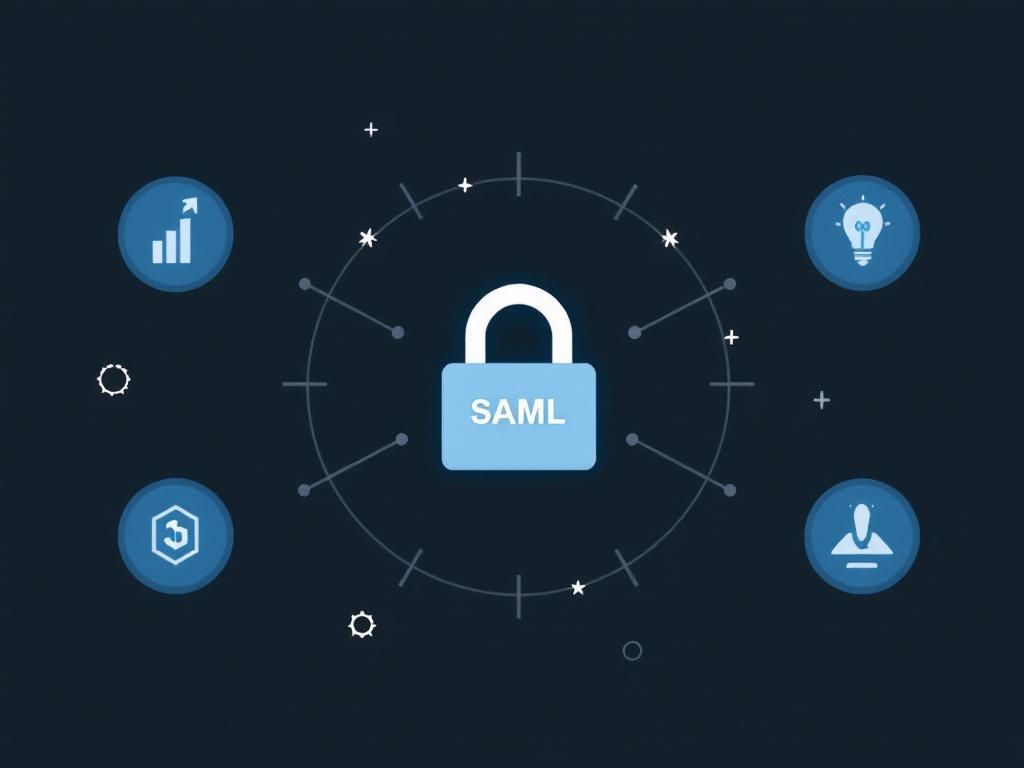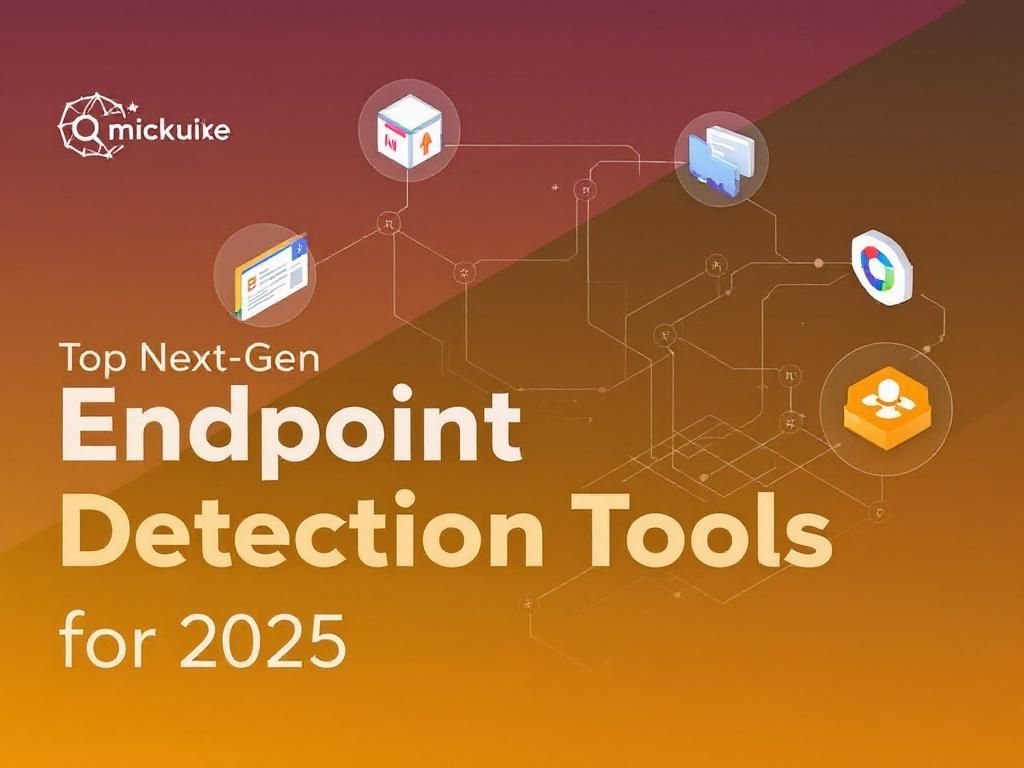Simplifying Managed Detection for Cyber Threats
Explore how managed detection simplifies the identification and response to cyber threats, enhancing your organization's security posture.

The digital landscape is constantly evolving, bringing with it a myriad of cyber threats that can compromise the integrity of data, disrupt operations, and tarnish reputations. As organizations adopt more sophisticated technologies and workflows, the need for robust security measures becomes imperative. One of the most effective ways to bolster cybersecurity efforts is through managed detection services, which offer a streamlined approach to identifying and responding to cyber threats.
Table of Contents
Understanding Cyber Threats
Cyber threats manifest in various forms, targeting vulnerabilities within systems, networks, and software. It’s essential for businesses to grasp the different types of cyber threats they may encounter to create an effective defense strategy.
Common Types of Cyber Threats
- Malware: Malicious software designed to disrupt, damage, or gain unauthorized access to computer systems.
- Phishing: Deceptive attempts to obtain sensitive information by masquerading as a trustworthy entity.
- Ransomware: A type of malware that encrypts files and demands a ransom for their release.
- DDoS Attacks: Distributed Denial-of-Service attacks aim to overwhelm a service with traffic, causing it to become unavailable.
- Insider Threats: Security risks originating from within the organization, often caused by employees or contractors.
The Importance of Managed Detection Services
As cyber threats evolve, traditional security measures like firewalls and antivirus software may no longer suffice. Managed detection services provide a proactive approach to identifying and mitigating these threats, allowing organizations to focus on their core operations.
Key Benefits of Managed Detection
| Benefit | Description |
|---|---|
| 24/7 Monitoring | Continuous surveillance of networks and systems to detect threats in real-time. |
| Expert Analysis | Access to cybersecurity experts who can analyze and respond to threats effectively. |
| Rapid Response | Quick reaction to incidents minimizes damage and reduces recovery time. |
| Cost Efficiency | Reducing the need for in-house security staff while benefiting from specialized services. |
| Compliance Support | Assistance in meeting regulatory requirements through comprehensive reporting and monitoring. |
How Managed Detection Works
The effectiveness of managed detection services lies in their systematic approach to threat identification and response. Here’s a breakdown of the typical processes involved:
1. Data Collection
Information is continuously gathered from various sources, including:
- Network traffic
- Server logs
- Endpoint data
- Application activity
2. Threat Analysis
Advanced algorithms and security intelligence platforms analyze the collected data to identify potential threats. This includes:
- Identifying unusual patterns of behavior
- Cross-referencing with known threat databases
- Utilizing machine learning for predictive analysis
3. Incident Response
Upon detection of a threat, a predefined response plan is activated, which may include:
- Isolating affected systems to prevent spread
- Performing forensic analysis to understand the breach
- Implementing remediation steps
Choosing the Right Managed Detection Provider
Selecting a managed detection service provider is a crucial decision that requires careful consideration. Here are some factors to evaluate:
Key Considerations
- Experience: Look for providers with a proven track record in cybersecurity.
- Technology: Assess the tools and technologies they utilize for threat detection.
- Customization: Ensure they can tailor their services to fit your specific needs.
- Support: Evaluate the level of customer support and incident response they offer.
- Pricing: Compare pricing models to find a solution that fits your budget without compromising quality.
Future of Cybersecurity and Managed Detection
The future of cybersecurity hinges on the ability to adapt to new threats and technologies. Managed detection services will continue to play a critical role in this landscape, particularly as organizations move towards cloud computing and the Internet of Things (IoT).
Emerging Trends
Here are some trends to watch in the realm of managed detection:
- AI and Machine Learning: Leveraging advanced analytics for better threat detection and response.
- Integration with Cloud Services: Seamless integration with cloud platforms to safeguard data stored in the cloud.
- Threat Hunting: Active searching for threats rather than waiting for alerts, increasing proactive security measures.
Conclusion
In an era marked by increasing cyber threats, the implementation of managed detection services has never been more critical. By understanding the landscape of cyber threats and adopting a proactive approach, organizations can not only protect their assets but also empower their teams to work with confidence. As technology continues to evolve, so too must our strategies for safeguarding our digital environments.
FAQ
What are cyber threats?
Cyber threats are malicious activities aimed at compromising the confidentiality, integrity, or availability of computer systems, networks, or data.
How does managed detection and response work?
Managed detection and response (MDR) involves outsourced services that monitor, detect, and respond to security threats in real-time using advanced tools and expertise.
Why is managed detection important for businesses?
Managed detection is crucial for businesses as it helps in identifying security incidents quickly, minimizing damage, and ensuring compliance with regulations.
What types of cyber threats can be detected by MDR?
MDR can detect various cyber threats, including malware, ransomware, phishing attacks, insider threats, and advanced persistent threats (APTs).
How can businesses prepare for cyber threats?
Businesses can prepare for cyber threats by implementing robust security measures, conducting regular security assessments, and employing managed detection services.
What are the benefits of using managed detection services?
The benefits of using managed detection services include enhanced security posture, access to specialized expertise, 24/7 monitoring, and faster incident response times.








